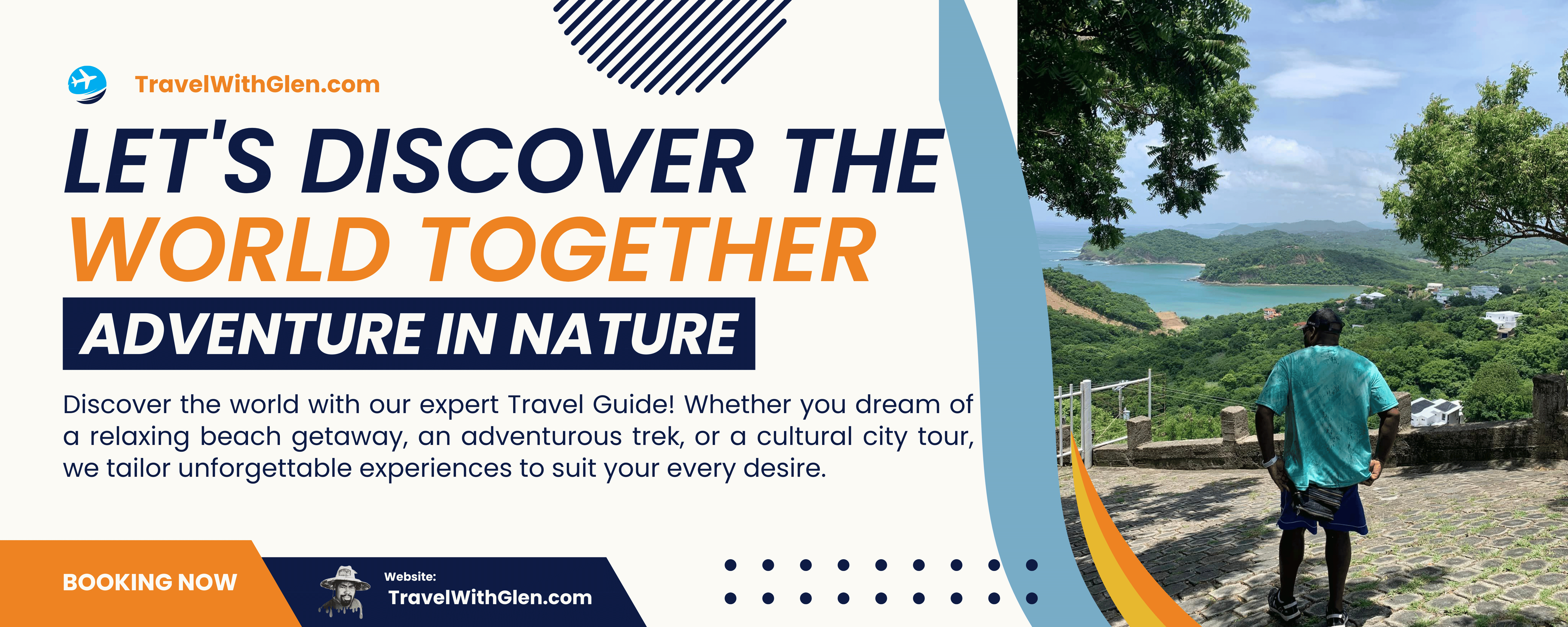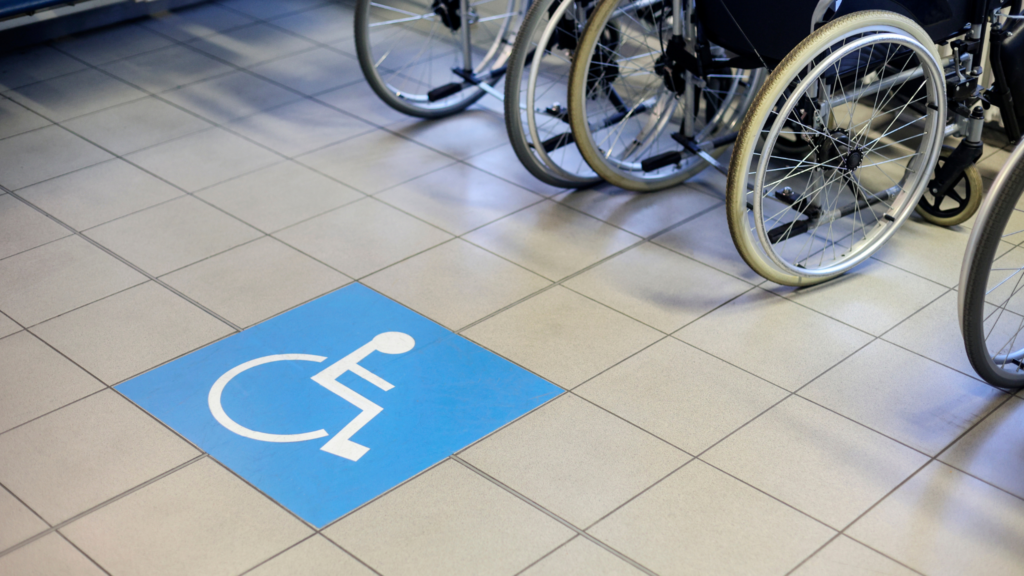From Landmarks to Theme Parks: The Rise of Handicap-Accessible Attractions
Inclusion and accessibility are principles that the modern world strives to uphold. Society has made significant progress in breaking down physical and social barriers that once hindered individuals with disabilities. One area where this progress is particularly noticeable is in the realm of attractions and entertainment venues. Gone are the days when people with disabilities were limited in their options for experiential outings. From landmarks to theme parks, handicap-accessible attractions have risen to the forefront, providing equal opportunities for everyone to indulge in fun and leisure.
In recent decades, a growing awareness and understanding of disabilities have driven a shift towards creating inclusive environments. This has led to a surge in efforts to make landmarks and heritage sites more accessible to all visitors. Historical sites such as the Statue of Liberty in New York, the Pyramids of Giza in Egypt, and the Great Wall of China now offer wheelchair ramps, elevators, and alternative routes to accommodate individuals with mobility challenges. These modifications not only enable those with disabilities to experience the historical significance of these landmarks but also ensure that everyone can participate in cultural education and appreciation.
Theme parks, on the other hand, have taken inclusivity to the next level, going beyond mere physical modifications. While ramps and accessible toilets are essential, these parks have gone a step further by considering the sensory experiences of individuals with disabilities. Recognizing that some visitors may have sensitivities to loud noises and bright lights, many theme parks now offer quiet areas or special sensory rooms where individuals can take a break and relax. Additionally, advancements in assistive technology have allowed for the development of ride systems that cater to a wider range of abilities. Features such as transfer systems, adjustable seating, and harnesses equipped with additional safety measures have transformed once-inaccessible rides into thrilling experiences for all.
The rise of handicap-accessible attractions has not only provided equal opportunities for individuals with disabilities but has also proven to be a smart business move. According to the World Health Organization, approximately 15% of the world’s population lives with some form of disability. By making their attractions accessible, landmarks and theme parks have tapped into an underrepresented and often overlooked consumer market. This inclusivity not only increases revenue but also enhances their reputation as socially responsible entities. In fact, many attractions have recognized the importance of accessibility by voluntarily going above and beyond legal requirements to provide for the needs of all visitors.
However, the journey towards total inclusivity is far from complete. While landmarks and theme parks have made great strides, continued efforts are needed to further enhance accessibility. Collaboration between attractions and disabled communities is vital to truly understand the obstacles faced by individuals with disabilities and develop appropriate solutions. Listening to feedback, conducting accessibility audits, and employing experts to consult on improvements can ensure that these attractions continue to evolve and adapt to the needs of all visitors.
From landmark modifications to sensory-friendly theme park experiences, the rise of handicap-accessible attractions is a testament to society’s commitment to inclusivity. These advancements demonstrate that barriers can be broken, and everyone can participate in joyful and immersive experiences regardless of their abilities. As more landmarks and parks continue to prioritize accessibility, we are moving closer to a world where everyone feels welcomed and included, allowing individuals with disabilities to explore the wonders of the world alongside their peers.
![]()





